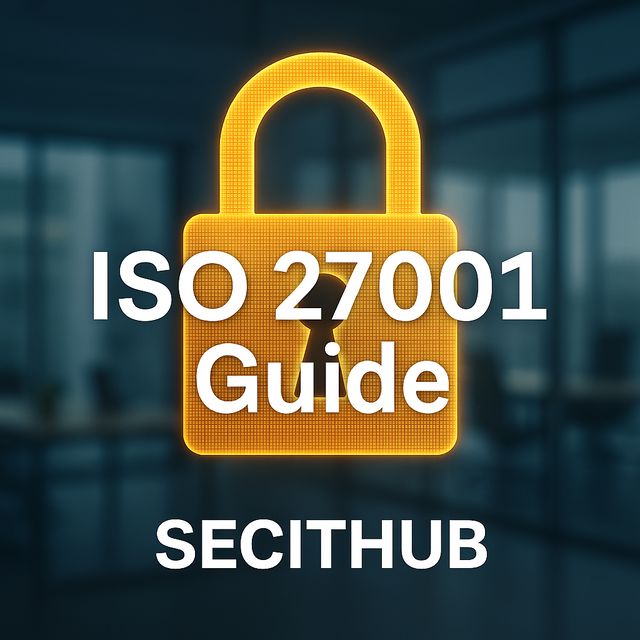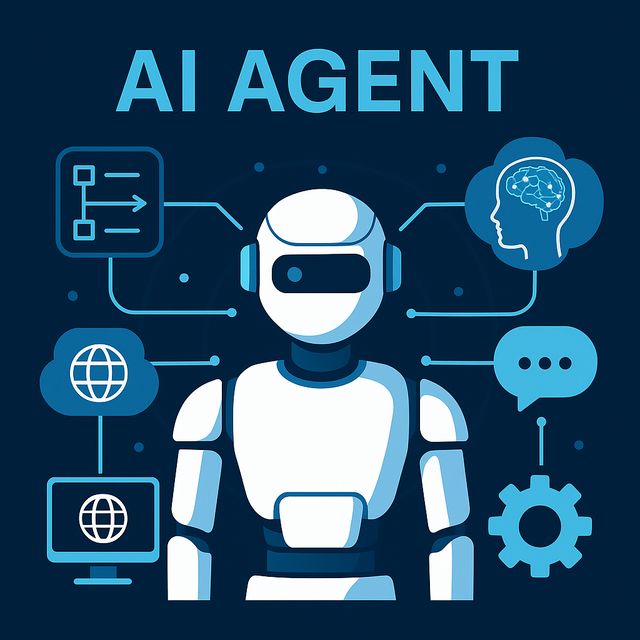In today’s digital landscape, where cyber threats are increasingly sophisticated, identity protection has become a cornerstone of any robust cybersecurity framework. Organizations of all sizes face the challenge of safeguarding sensitive data and ensuring their systems are impervious to unauthorized access. Building a solid identity protection strategy involves understanding the risks, leveraging advanced tools, and implementing a multi-layered approach to security. This article explores key components, real-world use cases, and the top vendors driving identity protection solutions in 2025.
Why Identity Protection is Critical
Identity protection is essential in defending against cyber threats such as phishing attacks, credential theft, and account takeovers. Compromised identities often serve as the entry point for attackers, enabling them to escalate privileges, exfiltrate data, and disrupt operations. According to recent studies, identity-based attacks account for more than 60% of cyber breaches, making identity protection a critical area for investment.
Key Components of an Identity Protection Strategy
- Comprehensive Identity Management
Effective identity protection begins with a well-structured identity management system (IDM). Organizations must ensure every employee, contractor, and system has a unique, verifiable identity. Identity lifecycle management, from onboarding to offboarding, should be tightly controlled to minimize vulnerabilities. - Multi-Factor Authentication (MFA)
MFA is a non-negotiable aspect of modern security. Combining multiple authentication factors—such as something you know (password), something you have (security token), and something you are (biometric)—adds a significant layer of protection. For example, biometric authentication can thwart attackers who might have access to credentials but not the user’s physical presence. - Zero Trust Architecture (ZTA)
Zero Trust principles dictate that no user or device is inherently trusted, even within the corporate network. Continuous verification, micro-segmentation, and least-privilege access are core tenets of this model. Implementing Zero Trust reduces the risk of lateral movement within the network in case of a breach. - Identity Threat Detection and Response (ITDR)
ITDR solutions proactively identify unusual activities tied to user identities, such as anomalous logins, rapid privilege escalations, or unusual file access patterns. These systems use behavioral analytics and AI to detect potential threats and respond in real time. - Privileged Access Management (PAM)
- High-privilege accounts are prime targets for attackers. A robust PAM solution ensures that sensitive credentials are stored securely, access is monitored, and administrative privileges are granted on a just-in-time basis.
Steps to Build an Identity Protection Strategy
- Conduct an identity risk assessment to understand the vulnerabilities in your existing setup. Identify critical assets, map access points, and evaluate the maturity of your identity management practices.
- Establish policies for password complexity, rotation, and storage. Ensure governance frameworks address compliance requirements like GDPR, HIPAA, and CCPA.
- Implement technologies such as Single Sign-On (SSO) and Identity Federation to simplify user access while enhancing security. Employ adaptive authentication that responds to risk factors dynamically.
- Humans are often the weakest link in security. Conduct regular training sessions to educate employees about phishing risks, social engineering, and secure authentication practices.
- Deploy systems that provide visibility into identity-related events in real time. This proactive approach helps detect threats before they escalate.
Leading Vendors in Identity Protection
Several vendors have emerged as leaders in identity protection, offering cutting-edge solutions tailored to modern security needs. Here are some of the most prominent players:
- Microsoft’s Azure Active Directory (Azure AD) provides a robust identity management platform with features like conditional access, MFA, and identity governance.
- Okta specializes in identity and access management, offering solutions for SSO, MFA, and API access management that integrate seamlessly across enterprise applications.
- CyberArk is renowned for its PAM solutions, helping organizations secure privileged credentials and manage high-risk accounts effectively.
- Ping Identity delivers scalable identity solutions, including adaptive authentication and API security, designed for enterprise environments.
- IBM’s suite of identity solutions combines AI-driven analytics with strong access controls to enhance security and compliance.
- Duo Security offers an easy-to-implement MFA platform that works across a wide range of devices and applications.
Conclusion
Building a resilient identity protection strategy is not a one-time effort—it requires ongoing vigilance, investment in the right tools, and a proactive approach to emerging threats. By incorporating technologies like MFA, Zero Trust, and ITDR while learning from real-world use cases, organizations can effectively safeguard their identities and ensure long-term security.
Explore more insights on cybersecurity and identity protection strategies at SECITHUB, your trusted source for cutting-edge cyber defense knowledge.


